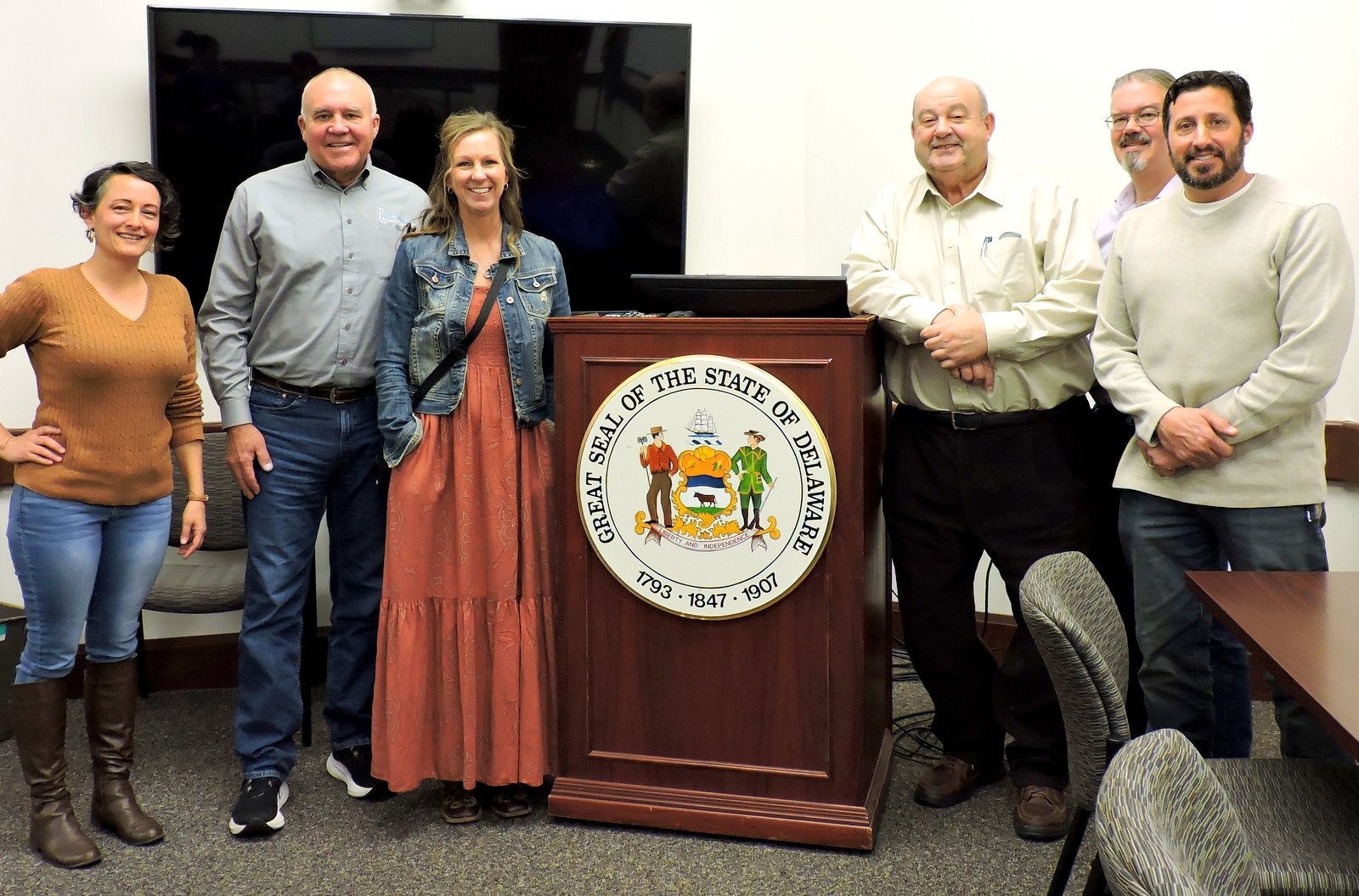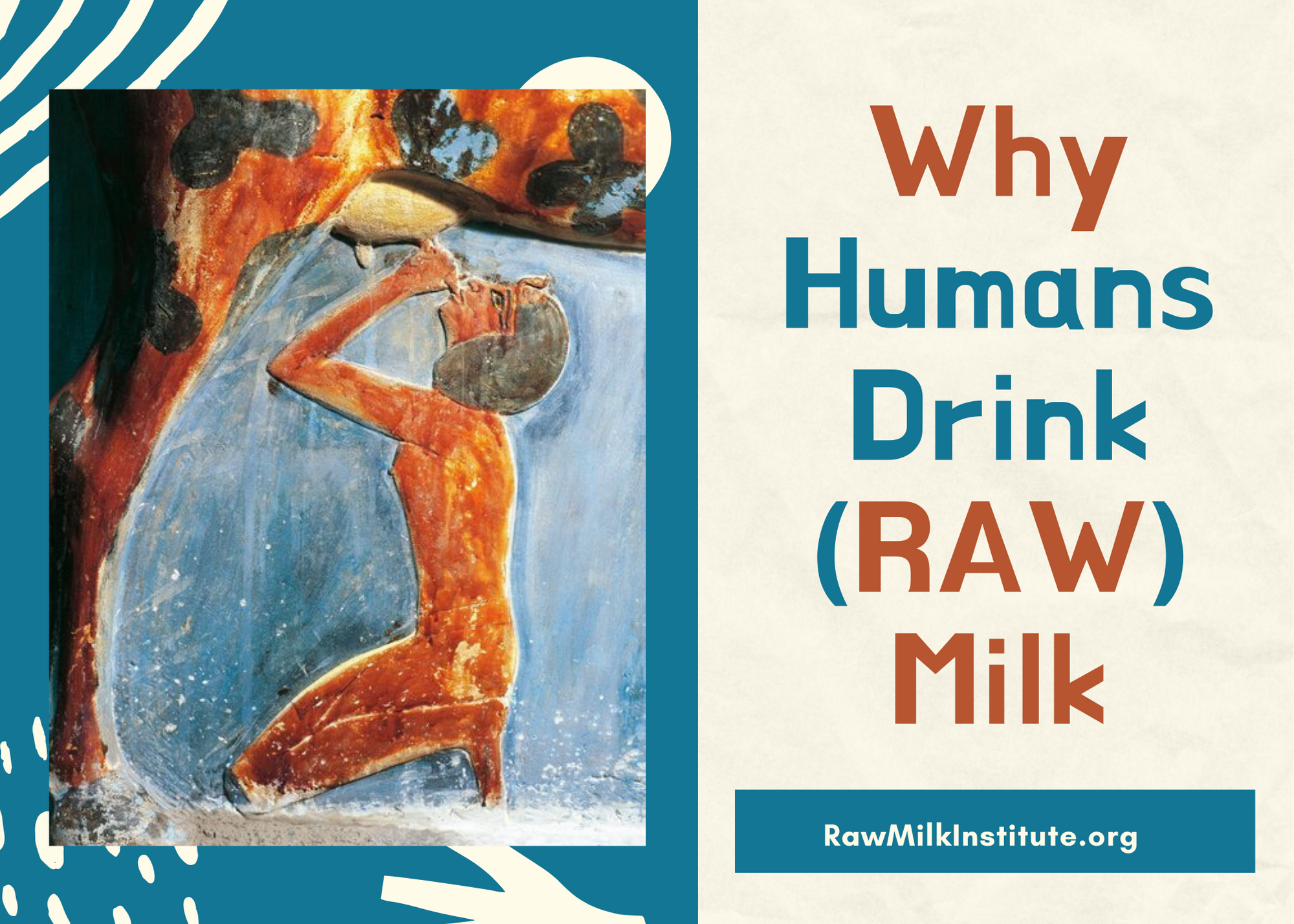The Raw Milk Institute (RAWMI) sends a warm welcome to seven more farmers who have completed our Listing program!
RAWMI offers free mentoring to all dairy farmers. Whether they are milking one cow, a handful of goats, or a large herd, the principles of safe raw milk production form a foundational toolset that benefits all dairy farmers and their customers.
Some of the farmers we mentor choose to keep it casual, and are satisfied to just ask us a few questions before continuing their raw milk journeys. There is another set of farmers, though, that is not content to just dip their toes in the water; they want to dive right in and take their entire milk process to the next level.
For these farmers, we offer our (free) RAWMI Listing program, wherein we assist farmers in developing their own unique on-farm Risk Analysis and Management Plan, documenting their processes with written Standard Sanitary Operating Procedures, and identifying the Critical Control Points that are essential to their production of safe raw milk. RAWMI Listed farmers test their milk at least monthly for ongoing assurance that their processes are working well to produce low-risk raw milk. RAWMI Listing is the gold standard for raw milk producers.
Seven raw milk farms have recently completed the RAWMI Listing process, and we extend them a warm welcome into our growing community!
Bells Bend Farms - Nashville TN
Canaan Farm - Elk Creek MO
Mini Mosaic Acre - Koshkonong MO
Mountain Heritage Farm - Woodbury TN
Raising Arrows Creamery - Bridgeport NE
Raspberry Lane Ranch - Kuna ID
Westerlook Farm - Carlton OR
Bells Bend Farms - Nashville TN
Bells Bend Farms is a small family farm consisting of 40 acres that include both cropland and rolling pastures. For over 15 years, they have grown organic vegetables for their community-supported agriculture (CSA) program and for the past 9 years they have provided raw milk for their community, utilizing regenerative farming practices. What began as a single cow for their family's needs has grown into a thriving community offering.
Bells Bend Farms has a small herd of Jersey cows focusing on old-world genetics, improving their herd’s ability to convert grass into rich nutritious milk with every generation. Their cows are rotationally grazed on carefully managed pastures throughout the year, ensuring optimal health and well-being for their cows and land.
You can check out Bells Bend Farms’ Risk Management Plan and test results here: https://www.rawmilkinstitute.org/listed-farmers/#bells
Canaan Farm - Elk Creek MO
Canaan Farm is located in the Missouri Ozarks, in Elk Creek. After serving in the military, their family ended up in Missouri to live closer to family. They immediately fell in love with farm life, especially cows. They have a passion for serving, for providing, and for leading a simple way of life. They believe God has provided well, and now especially with cows, they diligently strive to be good stewards of what God has provided by taking the best possible care of their animals. It is their mission to share the blessings of God by providing wholesome farmstead raw dairy products for the community.
You can check out Canaan Farm’s Risk Management Plan and test results here: https://www.rawmilkinstitute.org/listed-farmers/#canaan
Mini Mosaic Acre - Koshkonong MO
The description of this little farm is wrapped up in their name, Mini Mosaic Acre.
MINI- They raise and milk outstanding Miniature Jersey Cows and are committed to improving the genetics for this incredible little breed.
MOSAIC- They are a family composed of many broken pieces who were placed together through adoption, creating the beautiful picture of their lives within their family and their community.
ACRE- Years and years ago, when their farm began, they struck forward towards their dream with less than two acres of land.
Mini Mosaic Acre has grown to 27 acres which are rotationally grazed. Their passion for real food stems out of necessity. Several of their adopted children were born with disabilities or had significant health problems. They grew to truly understand the importance of quality raw dairy when they adopted a “failure to thrive” infant, who was severely malnourished and could not keep formula down. They switched him to raw milk formula and watched him flourish. They are believers in the power of raw milk and love to share it with others.
You can check out Mini Mosaic Acre’s Risk Management Plan and test results here: https://www.rawmilkinstitute.org/listed-farmers/#mini
Mountain Heritage Farm - Woodbury TN
Established in 1995, Mountain Heritage farm is a micro dairy serving the eastern Middle-Tennessee area. Their herd of registered Irish Dexter cattle are raised in a holistic environment, grazing over 30 acres of pastures year round. This dual purpose breed provides the richest, creamiest milk from heritage breed cows that average only 700 pounds. While the ladies are “mostly grass fed” they do get a treat during milking that supports their milk production and body condition. As much as possible, Mountain Heritage Farm chooses non-GMO and organic feeds for the milkers. Raw milk safety is of utmost importance which is why the milk from their herd is routinely tested in their on farm lab to ensure consistently low bacteria counts.
You can check out Mountain Heritage Farm’s Risk Management Plan and test results here: https://www.rawmilkinstitute.org/listed-farmers/#mountain
Raising Arrows Creamery - Bridgeport NE
Raising Arrows is a family run micro dairy, and all four of their kids enjoy helping where and however they can. Raising Arrows is committed to producing clean and safe raw goat milk, raw cow milk, fermented dairy products, and raw milk cheeses.
They believe in stewarding the animals to the best of their abilities, treating the animals with dignity and respect, while benefiting from the abundant milk. Raising Arrows strives to raise their goats and cows as close to natural as possible, so they let the cows and goats raise their own babies.
The seeds for Raising Arrows began in 2011, when their oldest child was diagnosed with a severe cows’ milk protein intolerance. They switched their daughter from formula to raw goat milk at a very young age and experienced an immediate, overnight change in her demeanor. Their very young infant went from screaming and being uncomfortable all the time, to sleeping and being a happy baby. Goat milk was the answer they had been looking for, so they bought a goat for her needs… and then some more goats.
What began as a necessity for their daughter grew into a passion for providing clean and nutritious raw goat milk to other parents that are experiencing the same thing. Raising Arrows has since added jersey cows to the milking lineup.
You can check out Raising Arrows Creamery’s Risk Management Plan and test results here: https://www.rawmilkinstitute.org/listed-farmers/#arrows
Raspberry Lane Ranch - Kuna ID
At Raspberry Lane Ranch, they believe that happiness just tastes better. Their journey started with a simple goal: to provide their family with the most natural, high-quality food possible. That passion grew into a thriving raw dairy farm, where they share the same nutritious, pasture-raised products with their community.
Raspberry Lane Ranch’s cows enjoy fresh pasture, quality hay, and carefully selected supplemental feed to ensure their health and well-being year-round. They prioritize sustainable farming practices, transparency, and a deep respect for nature, ensuring their milk is as pure and wholesome as possible.
You can check out Raspberry Lane Ranch’s Risk Management Plan and test results here: https://www.rawmilkinstitute.org/listed-farmers/#raspberry
Westerlook Farm - Carlton OR
Westerlook Farm, built in 1911, sits on the edge of town and is owned and operated by Matt and Darci Haney. They have a small grass fed Jersey milk cow herd, and offer raw milk through herd shares. Matt and Darci purchased Westerlook Farm in late 2018. They purchased their first A2A2 Jersey cow in 2020, and over the last five years they have continued to improve their equipment, barn, herd and milk quality. They started their raw milk herd share in 2024.
Along with their two young daughters, the Haneys are passionate about country living and producing wholesome, and delicious raw milk for their family and their community. They strive to provide the best care and nutrition for their animals, with the belief, and evidence, that a well cared for animal will be healthier and provide a superiorly nutritious product. In addition to raw milk, they also produce grass fed beef, and sell mini Hereford and mini Jersey breeding stock.
You can check out Westerlook Farm’s Risk Management Plan and test results here: https://www.rawmilkinstitute.org/listed-farmers/#westerlook














































































